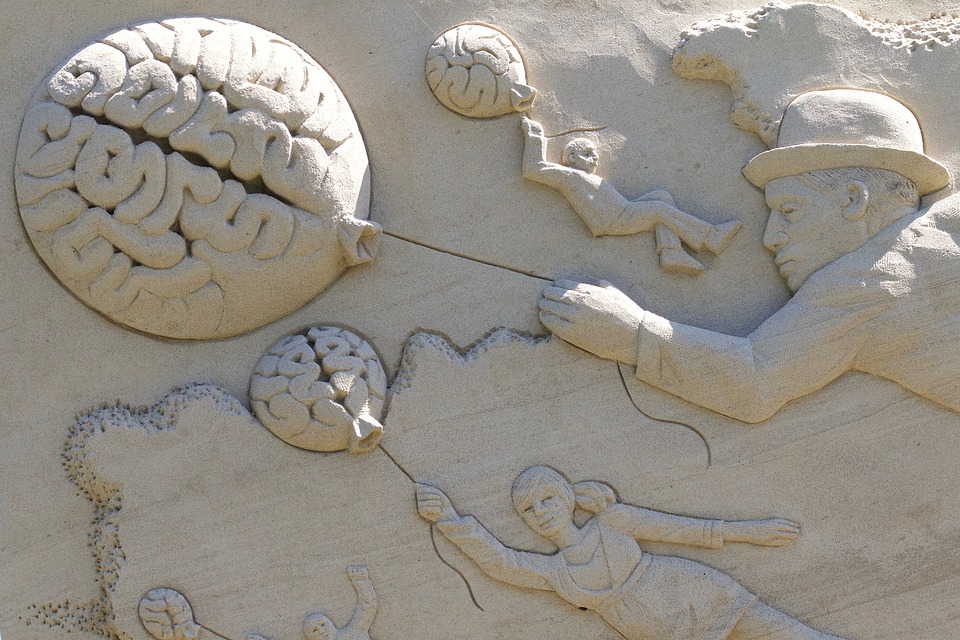
Rehabilitation After a Brain Injury
The brain is a remarkable organ but damage to it can cause unpredictable consequences and each injury is unique to the individual. However, even though brain cells cannot regenerate once destroyed, the brain can reorganize itself to compensate for the damage.
When irreparable damage occurs, the brain is capable of creating new neural pathways. This ability means that physical functions lost because of severe injury can be restored through repetitive or forced practice.
This method of establishing alternative paths is known as rehabilitation and can help those who have suffered a brain injury regain physical abilities.
Common Causes of Brain Injury
Brain injuries occur when either an external force causes damage to the brain or issues inside the brain result in damage. The 3 most common causes of brain injury include concussions, strokes and aneurysms.
Concussions
Concussions occur when the brain is quickly shaken back and forth, either because of an impact to the head or whiplash. It is considered a moderate brain injury and usually only requires surgery if the brain is bleeding, swelling or injured.
However, multiple concussions may result in long-term complications, especially if a second concussion occurs while the first is still healing. The result could be a more severe brain injury.
Strokes
When the blood flow to the brain is restricted or reduced, the lack of oxygen to the cells causes them to die. A stroke occurs as a result of this cell death.
Strokes require immediate medical treatment. Thankfully, with modern medicine, the adverse effects can be greatly reduced.
However, brain injury is still possible and resulting complications include a detrimental impact on the movement and sensation of one side of the body. If the right side of the brain is damaged by the stroke, the left side will display the adverse effects and vice-versa.
Aneurysms
An aneurysm occurs when an outward bulge of bubble appears due to a weakened blood vessel wall in the brain. Aneurysms can be hereditary or an acquired disease.
As an aneurysm increases in size, so too does its risk of rupturing. This rupture leads to uncontrolled bleeding that, if not corrected with emergency surgery, can lead to death.
Aneurysms present virtually no symptoms and most are considered non-life threatening. However, even if a rupture is treated with immediate surgery, brain injury can result.
Rehabilitation for Brain Injuries
Whether or not a brain injury results in damaged or destroyed tissue, rehabilitation is possible for those who suffer from a significant reduction in their physical mobility and function.
Rehabilitation following a severe brain injury is a team effort and involves professionals who are trained to aid with various aspects such as physical movement, speech and cognitive abilities.
Through physical therapy, physiotherapists can aid these individuals in improving their balance and mobility as well as their strength and endurance.
Because the results of a brain injury are unique to each individual, physiotherapists and their team of professionals can assess challenges and develop personalized treatment plans to address their patient’s needs and challenges.
While physical rehabilitation cannot promise the return of full physical function, physiotherapists focus on improving their patient’s ability to function at home and in society by helping them to regain mobility and adapt to their disabilities.
Physiotherapy and Rehabilitation
Physiotherapists begin aiding their patients on their road to recovery by performing an initial assessment to determine the individual’s short and long term goals. The resulting treatment plan is tailored to the needs and wants of the patient.
Physiotherapy focuses on regaining as much movement and function as possible by addressing issues with balance, walking, using paralyzed or weak limbs and managing concerns with muscle tone, pain or stiffness.
The ultimate goal of physiotherapy is to help patients regain function in day-to-day life through a series of individualized exercises that will help to rewire the neural pathways.
For example, a physiotherapist will move a patient’s limbs and encourage them to move as well. They may also place a patient’s functioning arm in a sling to force use of the affected limb.
The repetitive practice of such exercises is crucial in rehabilitating a patient’s body following a severe brain injury.
Long Term Healing
Experiencing a severe brain injury is a life-changing event. Having reduced function can cause a person to lose confidence and feel frustration when performing what used to be simple day-to-day tasks.
Although complete recovery is never guaranteed, physiotherapists work hard to help patients regain not only the strength of their bodies, but the strength of their minds as well.
Our trained professionals at In Home Physical Therapy and Massage use care and compassion with every patient we treat by offering mobile physical therapy to those who have difficulty leaving their homes.
Feel free to contact us if you have any questions about physiotherapy and severe brain injury.







